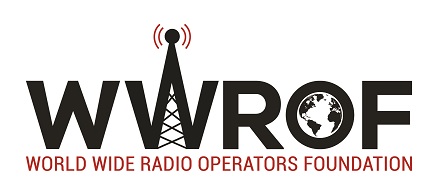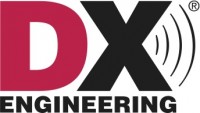Presented by Ed Muns, W0YK, this webinar first reviews the impetus behind creating a fourth World Wide DX Contest. The key details of the World Wide Digi DX Contest are described, including frequently asked questions that have arisen.
Here are two additional questions that didn’t get recorded:
Q: The WSJT-X development team recommends 14.080 as the dial frequency for everyday FT4 operation and tey recommend 14.090 for the Fox dial frequency in DXpedition Fox and Hound mode. Therefore, shouldn’t the WW Digi contest sub-bands for FT4 and FT8 be moved up 2 kHz to 14.082 and 14092, respectively, to avoid conflict?
A: For decades, RTTY contesting has used x.080-x.100 on the 80-10 meter bands for prime contest activity. In the WW RTTY contest activity extends well beyond this prime area down into the CW sub-bands and well above x.100. Outside of a RTTY contest, these areas are nearly void of any RTTY signals during the week. Ham radio spectrum is shared on a time basis, so using 14.080 for FT4 outside a contest is just fine and using 14.090 for DXpeditions is also fine. Note that DXpeditions and CW/SSB/RTTY contesting have amicably coexisted for years. Generally, DXpeditions stay away from conventional contest frequencies during a major contest … or, they join in and give out contest QSOs. WW Digi chose to ride on the coat tails of RTTY contest sub-band convention and use the x.080-x.090 sub-band for FT4 and the x.090-x.100 sub-band for FT8. Thanks for the suggestion, but I think this will work fine. If not, then it will be on the list of “learnings” from the inaugural contest!
Q: It looks like the SNR could be used in place of Grid Square in Tx 3 because the running station already gave his Grid Square with the Tx 6 CQ message. Wouldn’t that allow Grid Square and SNR without the extra messages?
A: No, for two reasons. First, Tx 3 needs to have the running station’s Grid Square because in rolling QSOs, the Tx 5 73 message does NOT have Grid Square but serves as the replacement for the Tx 6 CQ message to the next callers. Second, putting the running stations’s SNR in Tx 3 is only half the need. The calling station still must send his SNR and that would take another message. In fact, it would require two messages in order for the station to stay in sync with their odd and even cycle positions.


